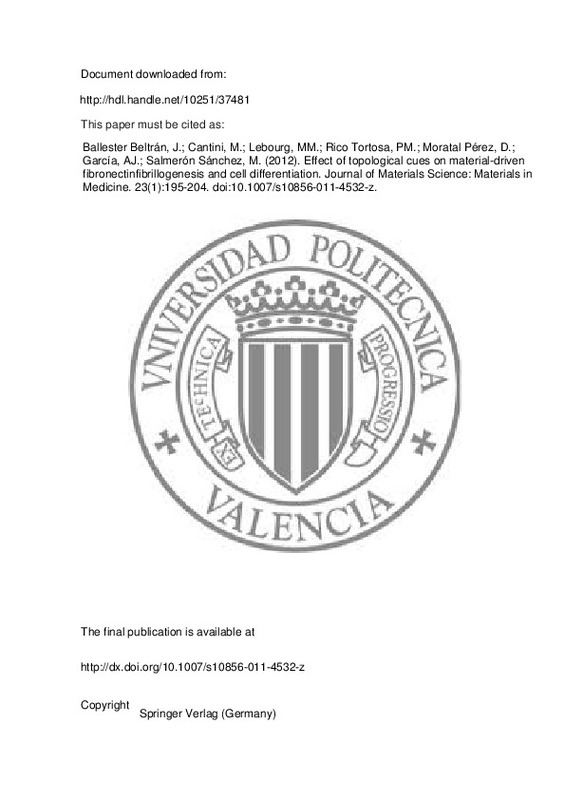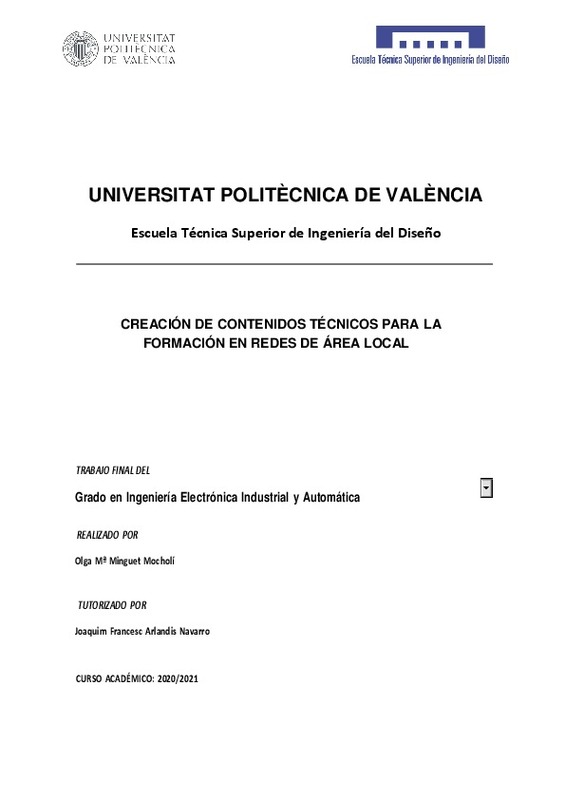Singh P, Carraher C, Schwarzbauer JE. Assembly of fibronectin extracellular matrix. Ann Rev Cell Dev Biol. 2010;26:397–419.
Hynes RO. Fibronectins springer series in molecular biology. New York: Springer; 1990.
Mao Y, Schwarzbauer JE. FN fibrillogenesis, a cell-mediated matrix assembly process. Matrix Biol. 2005;24:389–99.
[+]
Singh P, Carraher C, Schwarzbauer JE. Assembly of fibronectin extracellular matrix. Ann Rev Cell Dev Biol. 2010;26:397–419.
Hynes RO. Fibronectins springer series in molecular biology. New York: Springer; 1990.
Mao Y, Schwarzbauer JE. FN fibrillogenesis, a cell-mediated matrix assembly process. Matrix Biol. 2005;24:389–99.
Geiger B, Bershadsky A, Pankov R, Yamada KM. Transmembrane extracellular matrix–cytoskeleton crosstalk. Natl Rev Mol Cell Biol. 2001;2:793–805.
Sakai K, Fujii T, Hayashi T. Cell-free formation of disulfide-bonded multimer from isolated plasma fibronectin in the presence of a low concentration of SH reagent under a physiological condition. J Biochem. 1994;115:415–21.
Vartio T. Disulfide-bonded polymerization of plasma fibronectin in the presence of metal ions. J Biol Chem. 1986;261:9433–7.
Mosher DF, Johnson RB. In vitro formation of disulfide-bonded fibronectin multimers. J Biol Chem. 1983;258:6595–601.
Vuento M, Vartio T, Saraste M, von Bonsdorff CH, Vaheri A. Spontaneous and polyamine-induced formation of filamentous polymers from soluble fibronectin. Eur J Biochem. 1980;105:33–42.
Richter H, Wendt C, Hörmann H. Aggregation and fibril formation of plasma fibronectin by heparin. Biol Chem Hoppe-Seyler. 1985;366:509–14.
Morla A, Zhang Z, Ruoslahti E. Superfibronectin is a functionally distinct form of fibronectin. Nature. 1994;367:193–6.
Baneyx G, Vogel V. Self-assembly of fibronectin into fibrillar networks underneath dipalmitoylphosphatidylcholine monolayers: role of lipid matrix and tensile forces. Proc Natl Acad Sci USA. 1999;96:12518–23.
Ulmer J, Geiger B, Spatz JP. Force-induced fibronectin fibrillogenesis in vitro. Soft Matter. 2008;4:1998–2007.
Brown RA, Blunn GW, Ejim OS. Preparation of orientated fibrous mats from fibronectin: composition and stability. Biomaterials. 1994;15:457–64.
Little WC, Smith ML, Ebneter U, Vogel V. Assay to mechanically tune and optically probe fibrillar fibronectin conformations from fully relaxed to breakage. Matrix Biol. 2008;27:451–61.
Klotzsch E, Smith ML, Kubow KE, Muntwyler S, Little WC, Beyeler F, Gourdon D, Nelson BJ, Vogel V. Fibronectin forms the most extensible biological fibers displaying switchable force-exposed cryptic binding sites. Proc Natl Acad Sci USA. 2009;106:18267–72.
Rico P, Rodríguez Hernández JC, Moratal D, Altankov G, Monleón Pradas M, Salmerón-Sánchez M. Substrate-induced assembly of fibronectin into networks: influence of surface chemistry and effect on osteoblast adhesion. Tissue Eng Part A. 2009;15:3271–81.
Gugutkov D, González-García C, Rodríguez Hernández JC, Altankov G, Salmerón-Sánchez M. Biological activity of the substrate-induced FN network: insight into the third dimension through electrospun fibers. Langmuir. 2009;25:10893–900.
Salmerón-Sánchez M, Rico P, Moratal D, Lee T, Schwarzbauer J, García AJ. Role of material-driven fibronectin fibrillogenesis in cell differentiation. Biomaterials. 2011;32:2099–115.
Sabourin LA, Rudnicki MA. The molecular regulation of myogenesis. Clin Genet. 2000;57:16–25.
Agarwal S, Wendorff J, Greiner A. Use of electrospinning technique for biomedical applications. Polymer. 2008;49:5603–21.
Sill TJS, von Recum HA. Electrospinning: applications in drug delivery and tissue engineering. Biomaterials. 2008;29:1989–2006.
Huber A, Pickett A, Shakesheff KM. Reconstruction of spatially orientated myotubes in vitro using electrospun, parallel microfibre arrays. Eur Cells Mater. 2007;14:56–63.
Jun I, Jeong S, Shin H. The stimulation of myoblast differentiation by electrically conductive sub-micron fibers. Biomaterials. 2009;30:2038–47.
Clark P, Dunn GA, Knibbs A, Peckham M. Alignment of myoblasts on ultrafine gratings inhibits fusion in vitro. Int J Biochem Cell Biol. 2002;34:816–25.
Lam MT, Sim S, Zhu X, Takayama S. The effect of continuous wavy micropatterns on silicone substrates on the alignment of skeletal muscle myoblasts and myotubes. Biomaterials. 2007;27:4340–7.
Altomare L, Gadegaard N, Visai L, Tanzi MC, Farè S. Biodegradable microgrooved polymeric surfaces obtained by photolithography for skeletal muscle cell orientation and myotube development. Acta Biomater. 2010;6:1948–57.
Altomare L, Riehle M, Gadegaard N, Tanzi MC, Farè S. Microcontact printing of fibronectin on a biodegradable polymeric surface for skeletal muscle cell orientation. Int J Artif Organs. 2010;33:535–43.
Neumann T, Hauschka SD, Sanders JE. Tissue engineering of skeletal muscle using polymer fiber arrays. Tissue Eng. 2003;9:995–1003.
Tse JR, Engler A. Stiffness gradients mimicking in vivo tissue variation regulate mesenchymal stem cell fate. PLoS One. 2011;6:e15978.
Gómez-Tejedor JA, Van Overberghe N, Rico P, Gómez Ribelles JL. Assessment of the parameters influencing the fiber characteristics of electrospun poly(ethyl methacrylate) membranes. Eur Polym J. 2011;47:119–29.
O’Connell B. Oval Profile Plot. Research Services Branch, National Institute of Mental Health, National Institute of Neurological Disorders and Stroke. Available from: http://rsbweb.nih.gov/ij/plugins/oval-profile.html . Accessed 30 November 2011.
Gugutkov D, Altankov G, Rodríguez Hernández JC, Monleón Pradas M, Salmerón Sánchez M. Fibronectin activity on substrates with controlled–OH density. J Biomed Mater Res. 2010;A92:322–31.
Schwarzbauer JE. Identification of FN sequences required for assembly of a fibrillar matrix. J Cell Biol. 1991;113:1463–73.
Mukhatyar VJ, Salmerón-Sánchez M, Rudra S, Mukhopadaya S, Barker TH, García AJ, Bellamkonda RV. Role of fibronectin in topographical guidance of neurite extension on electrospun fibers. Biomaterials. 2011;32:3958–68.
Wakelam MJ. The fusion of myoblasts. Biochem J. 1985;228:1–12.
Quach NL, Rando TA. Focal adhesion kinase is essential for costamerogenesis in cultured skeletal muscle cells. Dev Biol. 2006;293:38–52.
Charest JL, García AJ, King WP. Myoblast alignment and differentiation on cell culture substrates with microscale topography and model chemistries. Biomaterials. 2007;28:2202–10.
Berendse M, Grounds MD, Lloyd CM. Myoblast structure affects subsequent skeletal myotube morphology and sarcomere assembly. Exp Cell Res. 2003;291:435–50.
Li B, Lin M, Tang Y, Wang B, Wang JHC. Novel functional assessment of the differentiation of micropatterned muscle cells. J Biomech. 2008;41:3349–53.
Blunn GW, Brown RA. Production of artificial-oriented mats and strands from plasma fibronectin: a morphological study. Biomaterials. 1993;14:743–8.
Smith JT, Tomfohr JK, Wells MC, Beebe TP, Kepler TB, Reichert WM. Measurement of cell migration on surface-bound fibronectin gradients. Langmuir. 2004;20:8279–86.
Smith JT, Elkin JT, Reichert WM. Directed cell migration on fibronectin gradients: effect of gradient slope. Exp Cell Res. 2006;312:2424–32.
Rhoads DS, Guan JL. Analysis of directional cell migration on defined FN gradients: role of intracellular signaling molecules. Exp Cell Res. 2007;313:3859–67.
Liu L, Ratner BD, Sage EH, Jiang S. Endothelial cell migration on surface-density gradients of fibronectin, VEGF, or both proteins. Langmuir. 2007;23:11168–73.
Shi J, Wang L, Zhang F, Li H, Lei L, Liu L, Chen Y. Incorporating protein gradient into electrospun nanofibres as scaffolds for tissue engineering. ACS Appl Mater Interfaces. 2010;2:1025–30.
Goetsch KP, Kallmeyer K, Niesler CU. Decorin modulates collagen I-stimulated, but not fibronectin-stimulated, migration of C2C12 myoblasts. Matrix Biol. 2011;30:109–17.
Bondesen BA, Jones KA, Glasgow WC, Pavlath GK. Inhibition of myoblast migration by prostacyclin is associated with enhanced cell fusion. FASEB J. 2007;21:3338–45.
Olguin HC, Santander C, Brandan E. Inhibition of myoblast migration via decorin expression is critical for normal skeletal muscle differentiation. Dev Biol. 2003;259:209–24.
Konigsberg IR. Diffusion-mediated control of myoblast fusion. Dev Biol. 1971;26:133–52.
[-]







![[Cerrado]](/themes/UPV/images/candado.png)



